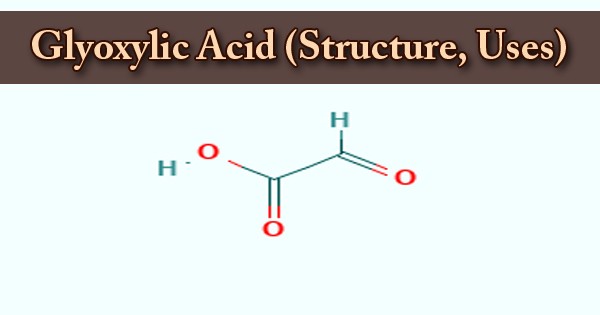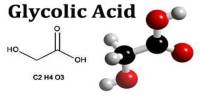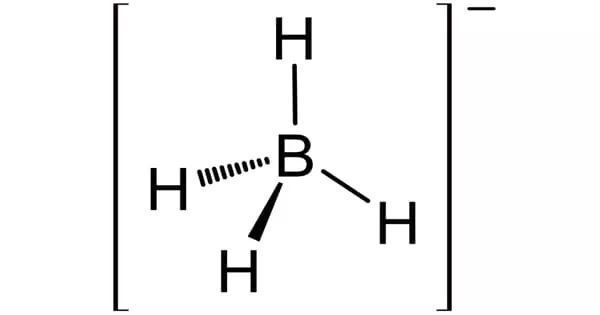Aluminium sulfide is a chemical compound with the formula Al2S3. It is highly reactive, particularly with water, producing aluminium hydroxide and hydrogen sulfide gas, which is toxic and foul-smelling. This colorless species has an interesting structural chemistry, existing in several forms. The material is sensitive to moisture, hydrolyzing to hydrated aluminium oxides/hydroxides. This can begin when the sulfide is exposed to the atmosphere. The hydrolysis reaction generates gaseous hydrogen sulfide (H2S).
This hydrolysis reaction (Al₂S₃ + 6H₂O → 2Al(OH)₃ + 3H₂S) limits its practical applications and requires careful handling under dry, inert conditions. It is insoluble in most solvents, including water, but can dissolve in acidic solutions.
Properties
It is a chemical compound with a molar mass of 150.16 g/mol. It appears as a white to grayish solid, often hygroscopic, and is primarily formed by reacting aluminium with sulfur or through the decomposition of aluminium sulfate in the presence of carbon. Its crystal structure is typically trigonal or orthorhombic, depending on synthesis conditions.
- Chemical formula: Al2S3
- Molar mass: 150.158 g/mol
- Appearance: gray solid
- Density: 2.02 g/cm3
- Melting point: 1,100 °C (2,010 °F; 1,370 K)
- Boiling point: 1,500 °C (2,730 °F; 1,770 K) sublimes
- Solubility in water: decomposes
- Solubility: insoluble in acetone
Preparation
Aluminium sulfide is readily prepared by ignition of the elements
2 Al + 3 S → Al2S3
This reaction is extremely exothermic and it is not necessary or desirable to heat the whole mass of the sulfur-aluminium mixture; (except possibly for very small amounts of reactants). The product will be created in a fused form; it reaches a temperature greater than 1,100 °C and may melt its way through steel. The cooled product is very hard.
Natural Occurrences
- Rare in Nature: Aluminum sulfide is not commonly found in nature as a mineral due to its instability in the presence of moisture. It rapidly hydrolyzes in natural environments, converting to aluminum hydroxide and hydrogen sulfide.
- Geological Context: Trace amounts may occur in specific geological settings, such as volcanic environments or sulfide-rich mineral deposits, but it is not a stable mineral phase. Instead, aluminum is more commonly found in nature as oxides (e.g., bauxite) or silicates (e.g., feldspar).
- Industrial Occurrence: Found as a byproduct or intermediate in certain industrial processes, such as aluminum production or sulfur-containing chemical reactions, but it is not naturally abundant.
Uses
- Limited practical applications due to its instability in moist conditions.
- Used in some chemical syntheses, particularly for preparing other aluminum or sulfur compounds.
- Studied in materials science for potential applications in semiconductors or as a precursor for advanced materials.
Safety Considerations
- Toxicity: Produces toxic hydrogen sulfide gas upon reaction with water or acids, requiring careful handling in dry, controlled environments.
- Storage: Must be stored in airtight containers under inert gas to prevent decomposition.
















